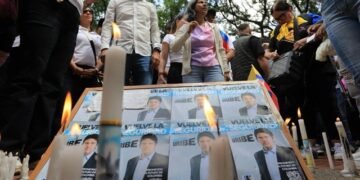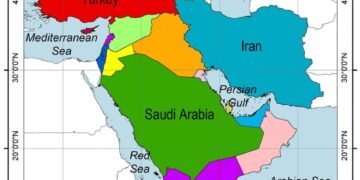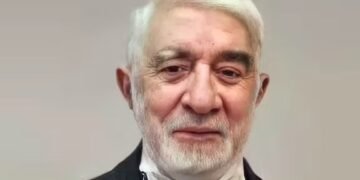WASHINGTON — White House press secretary Karoline Leavitt announced that the drones causing widespread panic in New Jersey last month were authorized by the Federal Aviation Administration (FAA) and posed no threat to public safety.
“These drones were not the enemy,” Leavitt stated during her first White House press briefing. Her remarks follow President Donald Trump’s cryptic comment on December 16, where he suggested, “something strange is going on, and for some reason, they don’t want to tell the people.”
Leavitt explained that the drones in question were part of FAA-approved operations for research and other authorized purposes. “After thorough research, it was determined that the large numbers of drones flying over New Jersey were authorized and included hobbyists, recreational users, and private individuals with a legitimate interest in flying drones,” she said, reading from a statement issued by the president.
The FAA, responding to public concern at the time, implemented temporary drone bans over critical infrastructure. These restrictions have since been lifted. The latest explanation aligns with initial statements from Biden-era officials, who had similarly dismissed the sightings as non-threatening.
“Public curiosity amplified the situation, but this was not a hostile act,” Leavitt added.
Reports of drone activity were widespread, with sightings documented in at least six states, including New Jersey, New York, Connecticut, Pennsylvania, Virginia, and Ohio. Authorities also made arrests related to unauthorized drone operations near restricted zones in Massachusetts and California.
The sightings began on November 18 near Morris County, New Jersey, with new incidents reported nightly, according to FAA records. Residents described drones hovering overhead, sometimes in clusters, leading to widespread unease. Republican New Jersey Assembly member Paul Kanitra confirmed the frequent sightings in interviews at the time.
Both the FBI and the Department of Homeland Security suggested that many of the reports were likely cases of “mistaken identity,” with individuals misidentifying small, legally operated manned aircraft as drones.
While the wave of reports has since subsided, the incident underscores the growing public unease around drone activity and the need for clearer communication about authorized drone operations.

 English
English






































